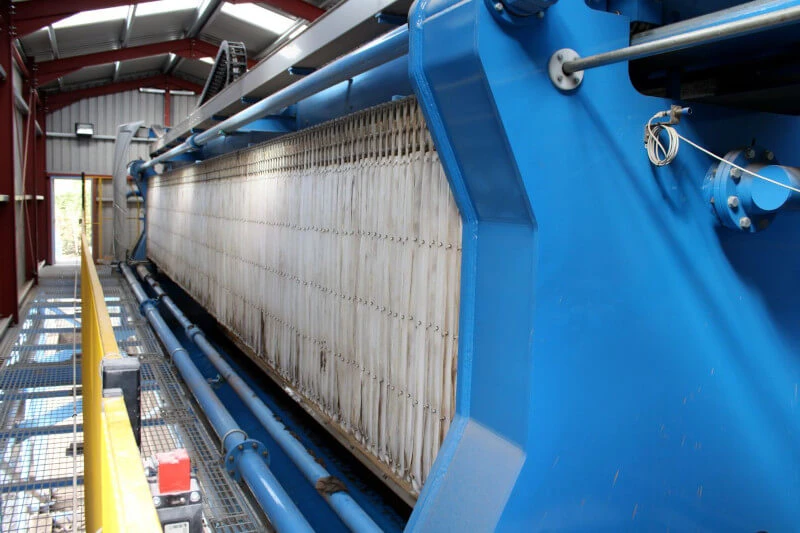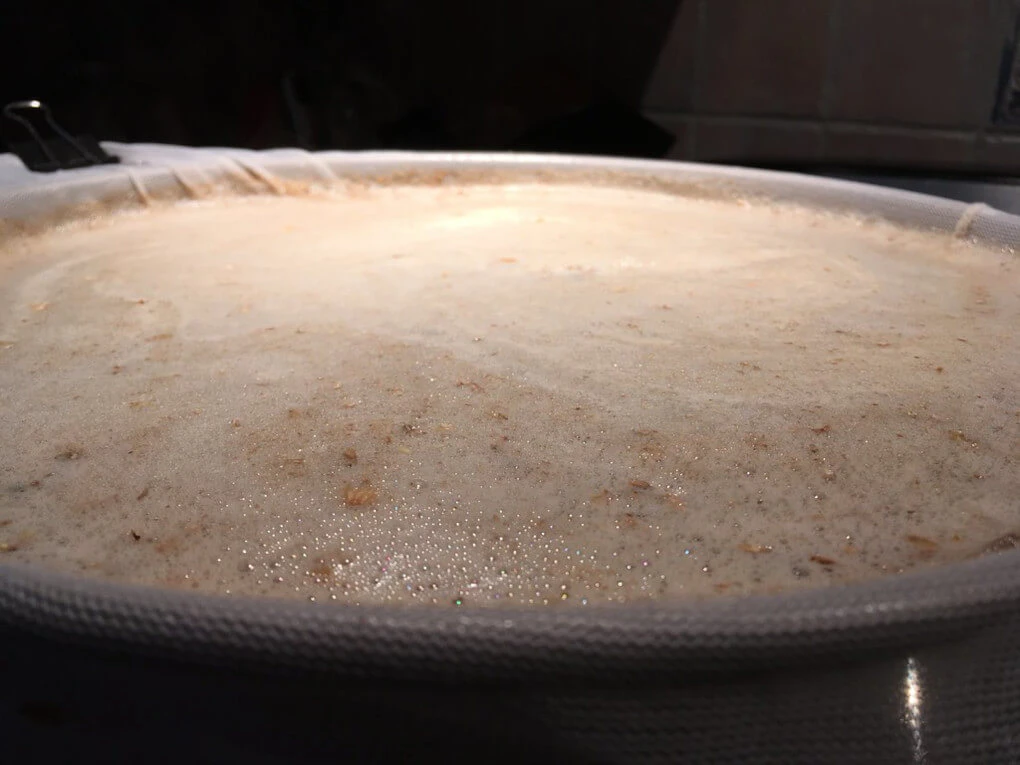Central to a whiskey distiller’s toolkit is the mash filter—a modern alternative to the traditional lauter tun. Essentially, a mash filter separates liquid wort from the solid grain material post-mashing. Though relatively newer to the whiskey industry, mash filters have been used in beer production for decades.
The Anatomy of the Filter
A mash filter consists of several thin, rectangular plates equipped with filter cloths and bladders. When pressed together, they form chambers where the separation occurs. These chambers are filled with the mashed grains, and as they press against each other, the liquid is forced out, leaving behind the solid materials.
Why Use a Mash Filter?
The primary advantage of the mash filter is its efficiency. Traditional systems may leave up to 30% of available sugars in the grain, whereas a mash filter can decrease this waste significantly. This efficiency has implications for yield, environment, and costs, as less water and energy are required.
The Mashing Process
Before looking into the workings of the filter, it’s essential to understand the mashing process. Mashing involves soaking the milled grains in hot water to convert starches into fermentable sugars. This sugary liquid, or wort, becomes the base for whiskey. The consistency of the mash plays a pivotal role in how effective a mash filter will be. Finer grain particles mean more surface area starch-to-sugar conversion, which is optimal for mash filtering.
The Process in Action: Step-by-Step
1. Loading the Mash: Once the mashing is complete, the mixture is pumped into the mash filter. Each chamber of the filter is filled with this grain-water mixture.
2. Pressing the Plates: Once loaded, hydraulic presses push the plates together. This compresses the grain, forcing the word out through the filter cloths.
3. Extraction Phase: As pressure increases, the wort is separated from the grains, passing through the cloth and collected in trays beneath the filter.
4. Washing the Grains: To ensure maximum sugar extraction, water is often sprayed onto the compressed grain cakes. This step, known as sparging, washes any remaining sugars from the grains. The additional liquid is then collected as part of the wort.
5. Removing the Spent Grains: After extraction, the pressure is released, and the compressed grains, now formed into cakes, are removed. These cakes are typically dryer than grains from traditional systems, making them easier to handle and more valuable for secondary uses like animal feed.
Mash Filters VS. Traditional Systems

While both mash filters and traditional systems like lauter tuns aim to separate wort from grains, there are some distinctions:
- Speed: Mash filters can process the same volume of mash in a fraction of the time it would take a lauter tun.
- Flexibility: Filters can handle a broader range of grain types and particle sizes. This means distillers can use grains that might be unsuitable for traditional systems.
- Yield: As mentioned, the efficiency of mash filters can lead to higher yields. This makes them especially attractive in commercial operations.
Potential Downsides and Considerations
No system is perfect, and there are some aspects to consider when opting for a mash filter:
- Initial Cost: Mash filters can be more expensive upfront than traditional lautering systems. However, increased efficiency and yields might offset this cost over time.
- Learning Curve: While not overly complex, there is a learning curve associated with using a mash filter. Proper training is essential to maximize benefits.
The Benefits
When you’re looking to refine your whiskey production techniques, every detail counts. The choice between traditional lautering systems and mash filters is one you might grapple with. Here’s why integrating a mash filter into your distillery could be the change you’ve been seeking:
1. Consistent Quality Control
You understand the significance of product consistency. A mash filter provides you with more control over the consistency of the wort, as the pressure can be adjusted to suit the specific grain bill you’re working with. This means you can tailor your process more precisely, ensuring a consistent base for your whiskey every time.
2. Enhanced Flexibility with Grains
Your creative spirit might drive you to experiment with diverse grain bills. Mash filters are known for their ability to handle a variety of grain types. So, when you’re inspired to try a new grain mix, your mash filter stands ready to support your innovative endeavors.
3. Cost Efficiency in the Long Run
Think about the long-term picture. Though the initial investment for a mash filter may seem steep, its superior efficiency can lead to considerable savings in water, energy, and time. When you factor in increased yields and the potential for more production cycles in a day, the ROI becomes evident.
4. Space Optimization
In a distillery, every square foot counts. Mash filters, being compact and modular, allow you to optimize your floor space. This could free up room for additional storage, another piece of equipment, or even a tasting area to enhance your visitors’ experience.
5. Less Manual Intervention
Automation is the future, and the mash filter is ahead in this game. With automated controls, you can reduce the manual steps involved, minimizing human error. This means you get to focus on the art of distillation, while the technology ensures precision.
6. Optimal Resource Utilization
You value sustainability, and so does the mash filter. By extracting the maximum possible sugar from grains, there’s less waste. Plus, the drier grain cakes post-extraction are easier to transport, adding value if you’re selling them for secondary purposes like animal feed.
7. Streamlining Production Schedules
Time is of the essence. If you’re looking to ramp up production or meet a tight deadline, the speed of a mash filter can be invaluable. Quicker cycles mean you can produce more in the same time frame.
Innovating Tradition
Even though the whisky industry is rooted in the past, it is always adapting to new technologies and methods. There is a meeting of the old and the new in mash filters. Those who wish to advance the field while still doing it justice may find that learning about and perhaps incorporating mash filters is a necessary step. Knowing how a mash filter is made, how it operates, and its many benefits highlights its revolutionary potential in contemporary distillation. Efficiency, quality, and innovation are becoming increasingly important as the industry develops. Using a mash filter isn’t only the modern thing to do if you want your whisky to taste better than the others.

